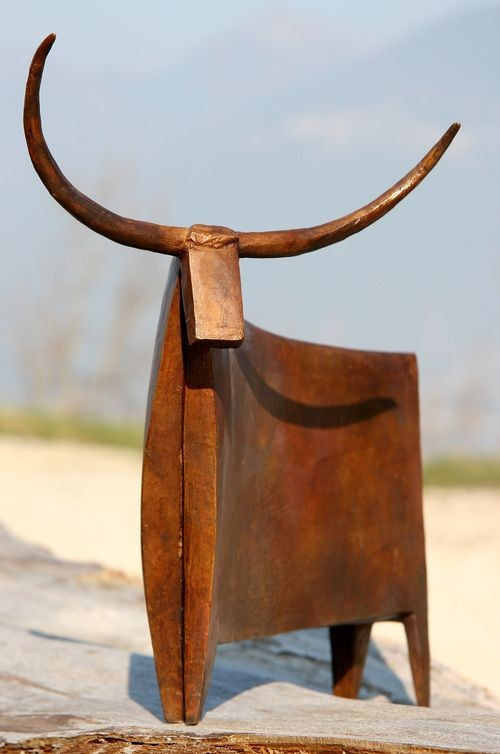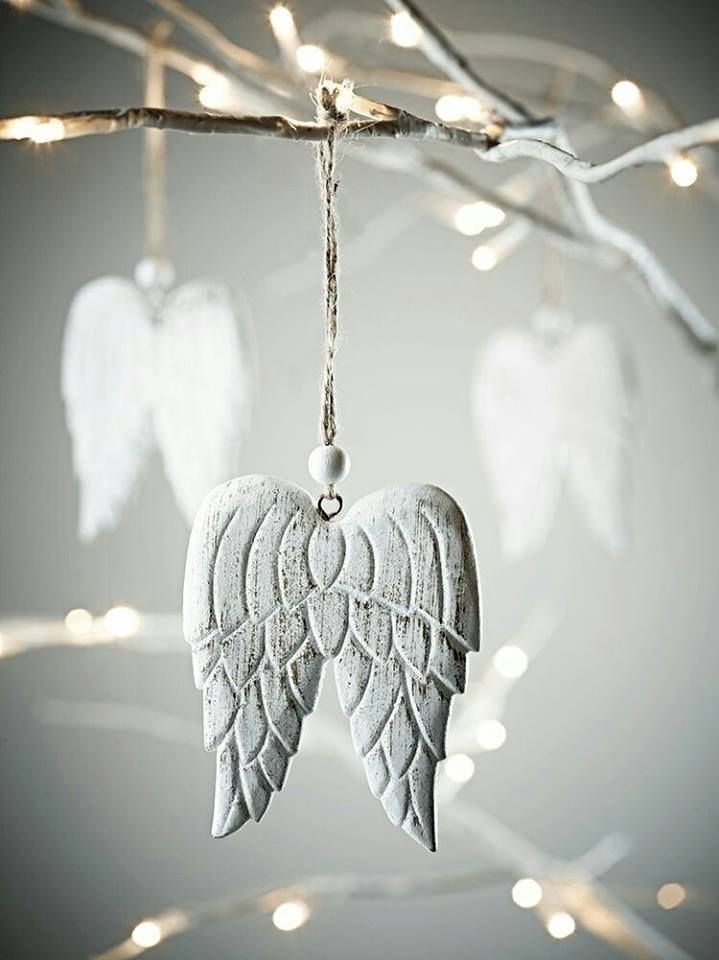Exploring the Therapeutic Benefits of Wood Painting
- Koöko Fleurs
- Mar 14, 2024
- 3 min read
Updated: Sep 7

Wood painting, also known as wood art or woodcraft, is a form of artistic expression that has been around for centuries. It involves painting on wooden surfaces using a variety of techniques and colors to create beautiful and unique pieces of art. In recent years, wood painting has gained popularity not just as a form of creative outlet, but also as a therapeutic activity. In this blog, we will delve into the world of wood painting and explore its therapeutic benefits, techniques, and the use of colors on light and dark wood.
The Therapeutic Benefits of Wood Painting:
Art therapy has been used for decades to improve mental, emotional, and even physical well-being. It is a form of psychotherapy that uses art as a means of self-expression and communication. Wood painting, in particular, has been found to have several therapeutic benefits such as:
1. Stress Relief: The rhythmic motion of painting on wood can have a calming effect on the mind and body. It allows individuals to focus on the present moment and let go of any worries or stressors.
2. Improved Motor Skills: The act of painting on wood involves fine motor skills which can help improve hand-eye coordination, dexterity, and overall motor skills.
3. Increased Self-Expression: For many individuals, expressing their thoughts and emotions through words can be challenging. Wood painting provides an alternative form of self-expression that can be freeing and cathartic.
4. Boost in Self-Esteem: Creating something beautiful with your own hands can be a confidence booster. Wood painting allows individuals to see their capabilities and feel a sense of pride in their work.
5. Mindfulness: When engaging in wood painting, one must focus on the present moment and pay attention to details such as brush strokes and color choices. This mindful practice can help reduce anxiety and promote relaxation.

Techniques Used in Wood Painting
There are several techniques that can be used in wood painting, each producing a unique result. Let's take a look at some of the most popular techniques:
1. Stenciling: This technique involves using a pre-cut stencil to create a design on the wood surface. It is a great technique for beginners and can produce intricate designs.
2. Dry Brushing: As the name suggests, this technique involves using a dry brush to apply paint in a light and subtle manner. This creates a layered and textured effect on the wood surface.
3. Decoupage: This technique involves using paper or fabric to cover the wood surface and then sealing it with a coat of varnish. It allows for endless possibilities in terms of design and can create a vintage or shabby-chic look.
4. Sgraffito: This technique involves scratching away layers of paint to reveal the wood underneath. It can create a beautiful contrast between the paint and the natural wood grain.
Colors on Light and Dark Wood
The choice of colors used in wood painting can have a significant impact on the final result, especially when painting on light or dark wood. Here are some tips for choosing colors for your wood painting project:
1. Light Wood: When painting on light wood, it is essential to choose colors that will stand out and create contrast. Colors such as dark blue, red, or black can create a bold statement on light wood surfaces.
2. Dark Wood: On dark wood surfaces, it is best to choose lighter and brighter colors to create contrast and make the design pop. Pastel shades, light blues, or yellows can work well on dark wood surfaces.
3. Natural Wood: Some artists choose to leave the natural wood grain and color exposed in their paintings. In this case, it is crucial to choose colors that complement the natural tones of the wood.
In addition to considering the color of the wood surface, it is also important to pay attention to the color theory when choosing colors for your wood painting. For example, warm colors like red and orange can evoke feelings of energy and passion, while cool colors like blue and green can promote a sense of calm and relaxation.
To sum up, wood painting is not just a form of artistic expression but also a therapeutic activity that can benefit individuals of all ages. Through this medium, one can find stress relief, improved motor skills, increased self-expression, and a boost in self-esteem. By exploring different techniques and color choices, one can create beautiful and unique pieces of wood art that not only bring joy to the creator but also to those who view it. So why not give wood painting a try and experience its therapeutic benefits for yourself?











Comments